
Write what you are looking for and press enter to begin your search!

Live News
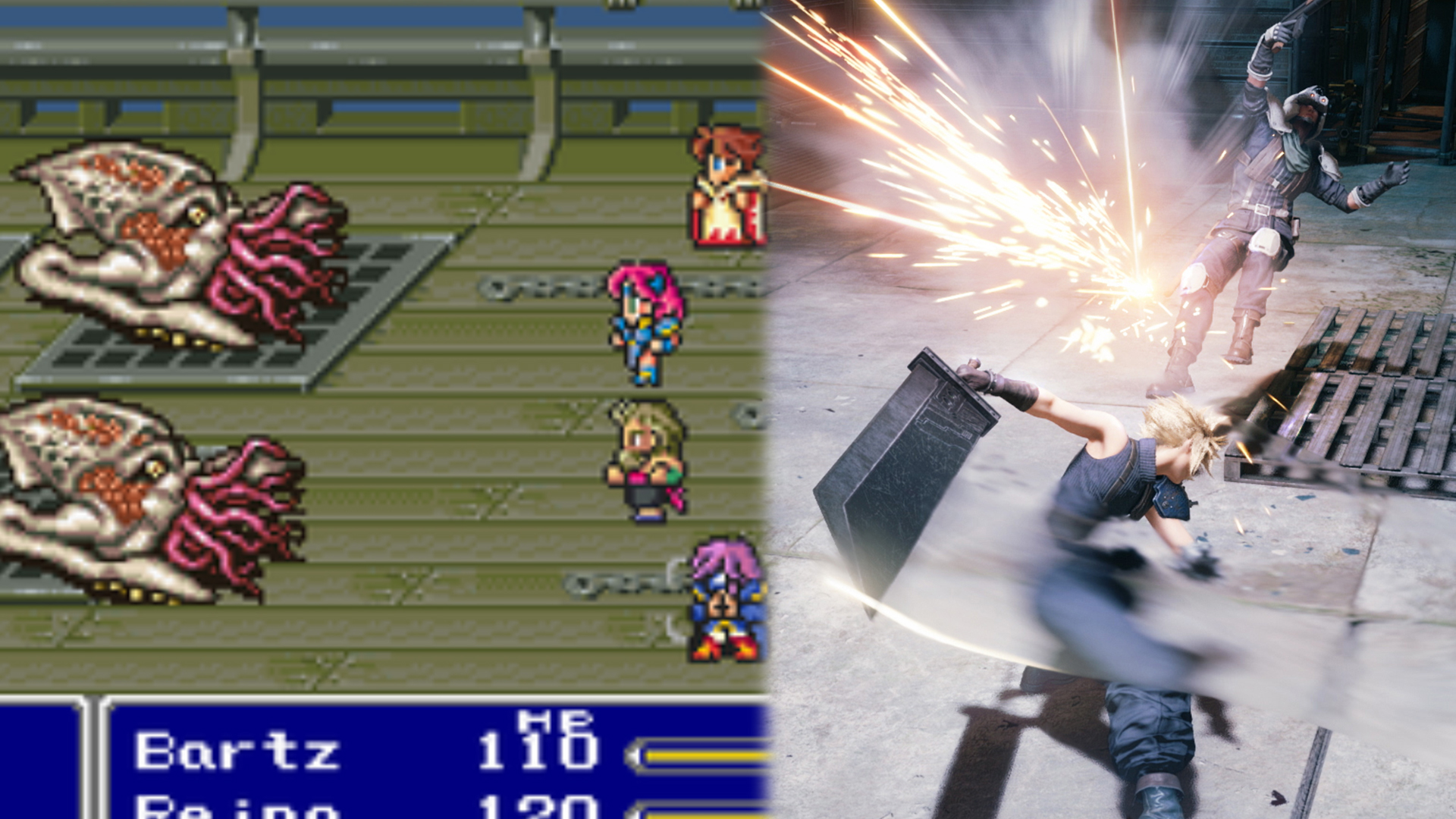

How Three Decades of Final Fantasy Shaped VII Remake’s Combat [Part 1]
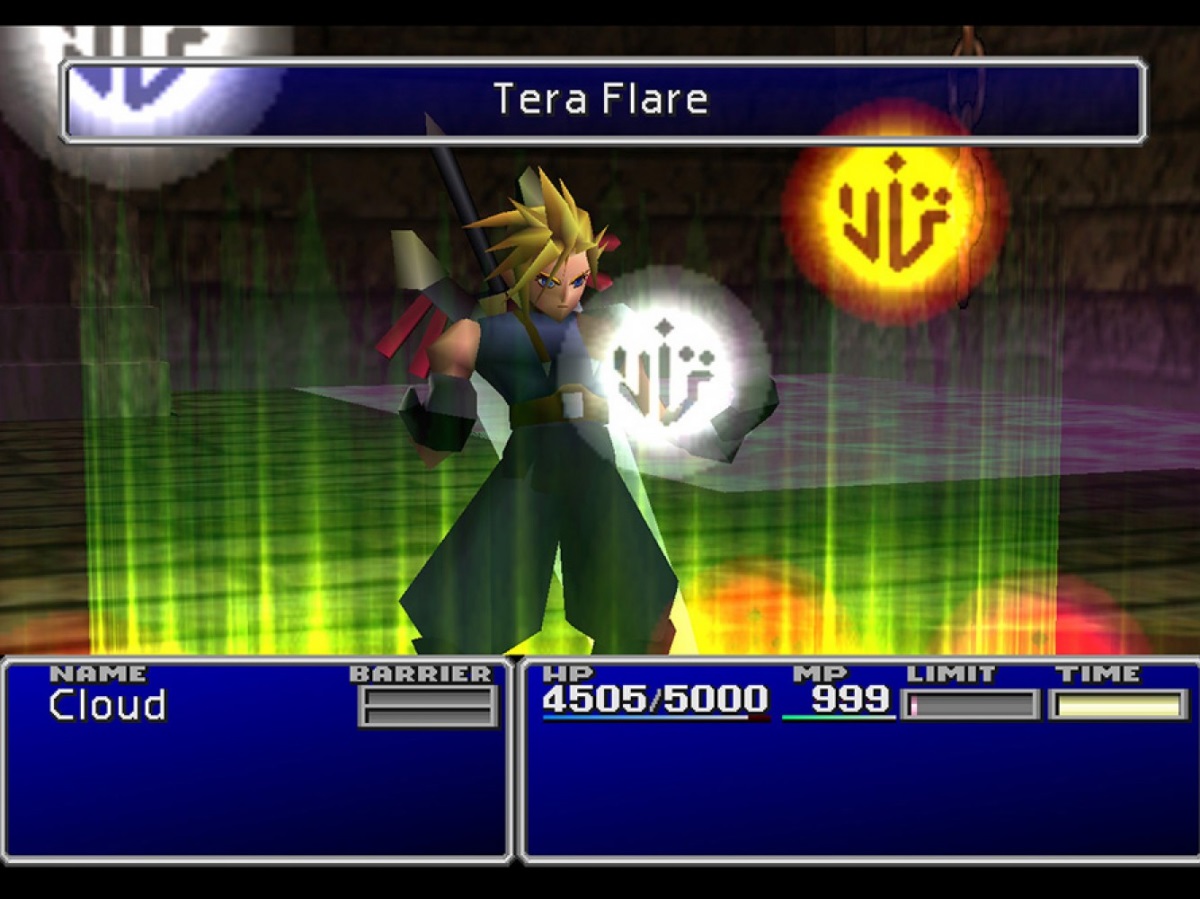
The era of the PlayStation console in 1994 featured significantly better and stronger hardware, particularly when compared to the Super Nintendo Entertainment System that Square’s Final Fantasy games had run on. Square wasted no time with this and grasped at the chance to push their next game where none of their previous games had gone.
Final Fantasy VII (1997) was the first Final Fantasy to be developed in 3D. At the time, its technology was considered state-of-the-art, featuring incredible graphics and almost seamless cinematics. For the brief while that FFVI stood as one of the franchise’s best, FFVII was quickly able to one-up that success.
In terms of combat, FFVII made an interesting choice of trimming down its battle party to only three members, compared to the four of previous games. Speculation on why this happened are numerous, ranging from hardware limitations to plain game balancing. However, one thing for sure is that the battle lineup of three party members soon became a norm in many future titles. On top of this, the playable cast shared only mild differences in stat growths, which meant players didn’t have to force them into specific roles if they didn’t want to.
This isn’t to say that FFVII was shifting away from strategic gameplay. Rather, FFVII simply moved away from classes as the bread and butter of customization, and instead introduced something entirely new, called the Materia System. In this system, players could collect items called Materia, which were sphere-like objects that conferred special effects when equipped. These Materia were divided into five types: Summon Materia to call forth summons in battle, Magic Materia for casting offensive and defensive spells, Command Materia for a range of unique abilities, Support Materia to boost the effects of other Materia, and finally Independent Materia for conferring stats boosts and passives to the user.
Players could equip and combine Materia to different slots on their equipment. Depending on the combination, these would result in intriguing effects. For instance, if one were to equip the All Materia alongside a Fire Materia, they would be able to produce a magical flame spell that targeted multiple enemies rather than just one. Just as it was with the job system, the Materia system provided possibilities that were seemingly endless.
Desperation Attacks from FFVI made a return in a more practical form as Limit Breaks. Instead of having to be in critical health, characters filled up a Limit Break bar whenever they received damage. Once filled, characters could unleash a powerful attack with no strings attached. There were up to four Limit Break levels per character, which provided a wealth of different abilities and effects to encourage trying different combinations of party members.
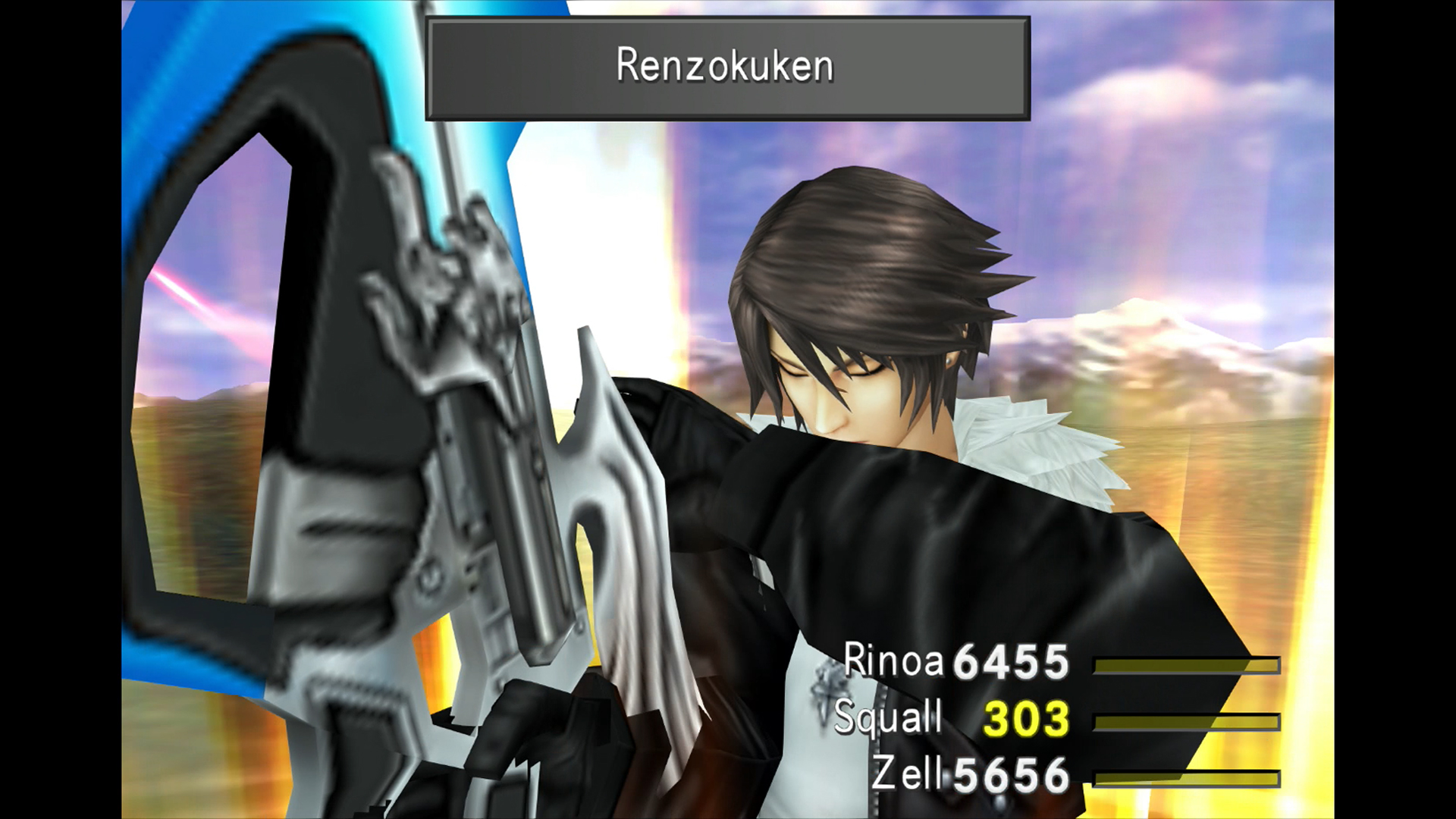
Experimentation with battle systems continued in Final Fantasy VIII (1999). Though the ATB system remained, magic was revamped entirely to make way for the Draw system. Unlike all of the previous Final Fantasy games, characters no longer used Magic Points (MP) to cast spells. They instead had to Draw magic like Fire or Thunder from enemies like a siphon, and this alone had a variable success rate as it was based on characters’ Magic stats. Magic could also be obtained from Draw points in the world, as well as by extracting them from items. Rather than being innate powers, magic was now a collectable resource.
Likewise, levelling became much more complicated. Level scaling was introduced and worked in such a way that the more you levelled up, the stronger enemies would get. Character stats remained stagnant with levels, which meant that the main benefit of levelling was stripped from the game entirely and could actually harm players. True character progression was instead integrated into a new feature called the Junction system.
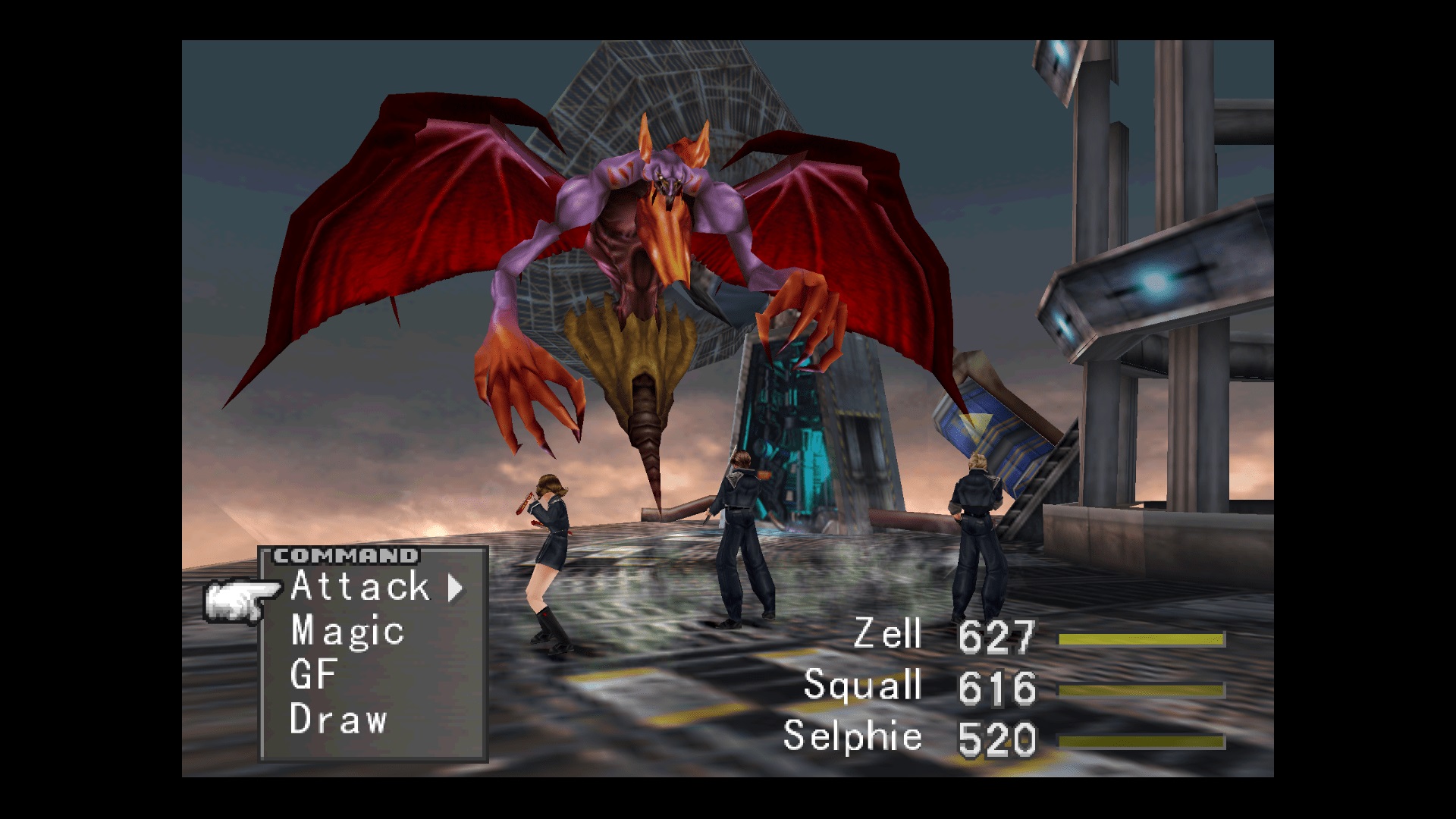
The mechanics here were somewhat complex, requiring that characters pair with summons (called Guardian Forces), and then upgrade their stats and abilities by junctioning magic spells to them. If you didn’t do so, your character would have nothing at their disposal besides the Attack command.
FFVIII’s systems garnered mixed reception upon release, mostly for its convoluted mechanics, as well as for being almost antithetical to how RPGs were expected to work at the time. Yet interestingly, many modern RPGs nowadays (Elder Scrolls, Dragon Age, The Witcher 3) make use of level scaling as a model for determining enemy difficulty. Additionally, skill trees have by and large replaced levels as the major factor in strengthening characters, echoing FFVIII’s Junction system.
Was FFVIII simply ahead of its time? Definitely.
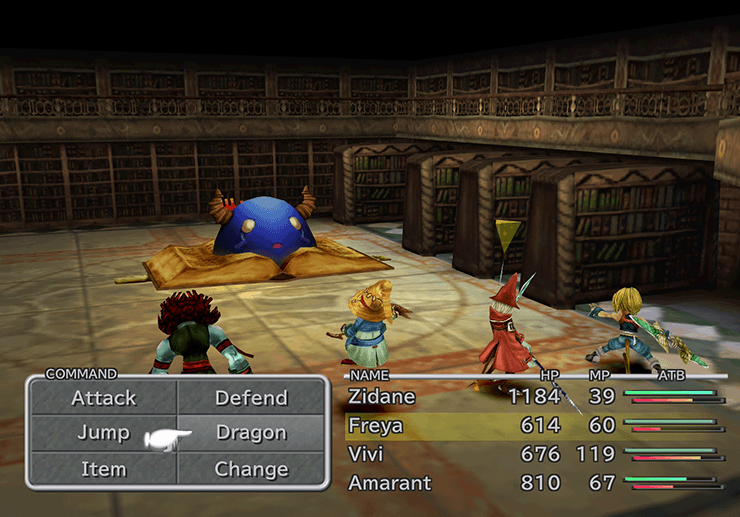
After developing two games which were set in futuristic eras, Final Fantasy IX (2000) marked the series’ return to its medieval roots. The party lineup was brought back to four members and characters followed classic job archetypes once more. Much of the core battle system was familiar again, which came as a relief to fans of the original 2D games. Limit Breaks from FFVII returned as the Trance system, which transformed characters into more powerful forms and granted them enhanced abilities for a brief period.
FFIX provided a unique and simple way to learn new abilities. Various weapons and armour equipped throughout the game gave characters access to unique abilities, similar to FFV’s job system, FFVI’s Magicite Shards, or FFVII’s Materia. Characters could choose to learn these abilities permanently by levelling their equipment and earning Ability Points (AP).Â
All in all, FFIX was the last hurrah of the classic Final Fantasy battle systems that started in the 2D games. Unlike many Final Fantasy titles that strove to challenge the status quo, FFIX played things surprisingly straight, utilizing mostly familiar systems. Despite this and fairly lower sales compared to its immediate predecessors, it is often considered to be Final Fantasy creator Hironobu Sakaguchi’s magnum opus. This was perhaps a fitting end to Final Fantasy’s time on the original PlayStation console, as it would now move on to greener pastures and greater heights.
In the next entry, we will be tackling the remaining mothership Final Fantasy titles and see whether the series truly evolved in its confrontations or not.Â
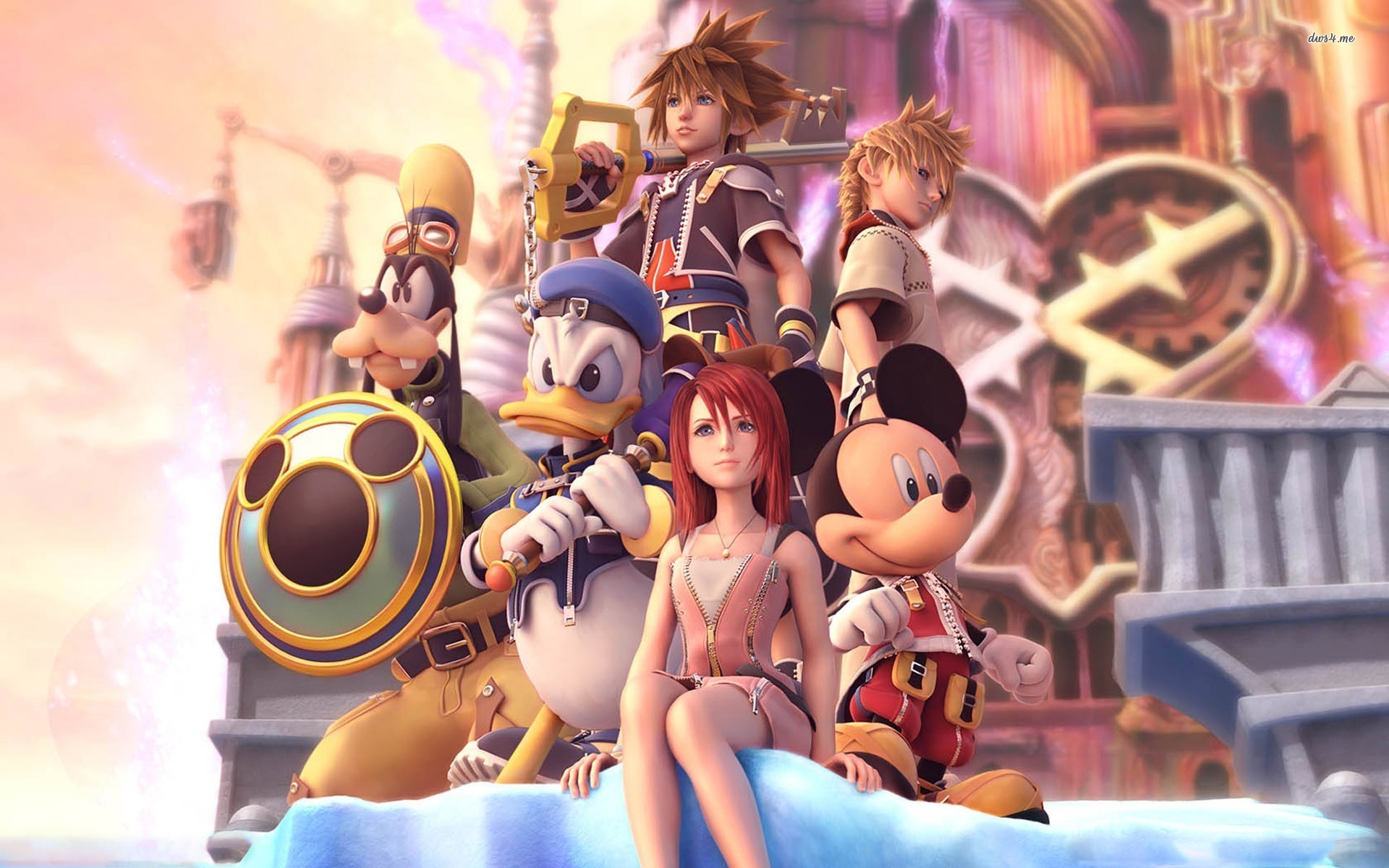
By Alleef Ashaari|January 17, 2019
I can't believe that we're here. Kingdom Hearts 3 is literally only two weeks away. I've spent the last month or so replaying all the Kingdom Hearts t...

By Team KKP|January 29, 2020
It's time once again for Apex Legends to reel in another season to get more people in on a superior battle royale experience. With new ranked mode upd...

By Mr Toffee|December 12, 2022
Platform(s): PC (version reviewed), Xbox Series, Xbox One, PS5, PS4 Genre: Street racing with some open-world bits There was a time long ago when ...

By Mr Toffee|February 2, 2024

By Team KKP|July 1, 2023

By Alleef Ashaari|August 2, 2021
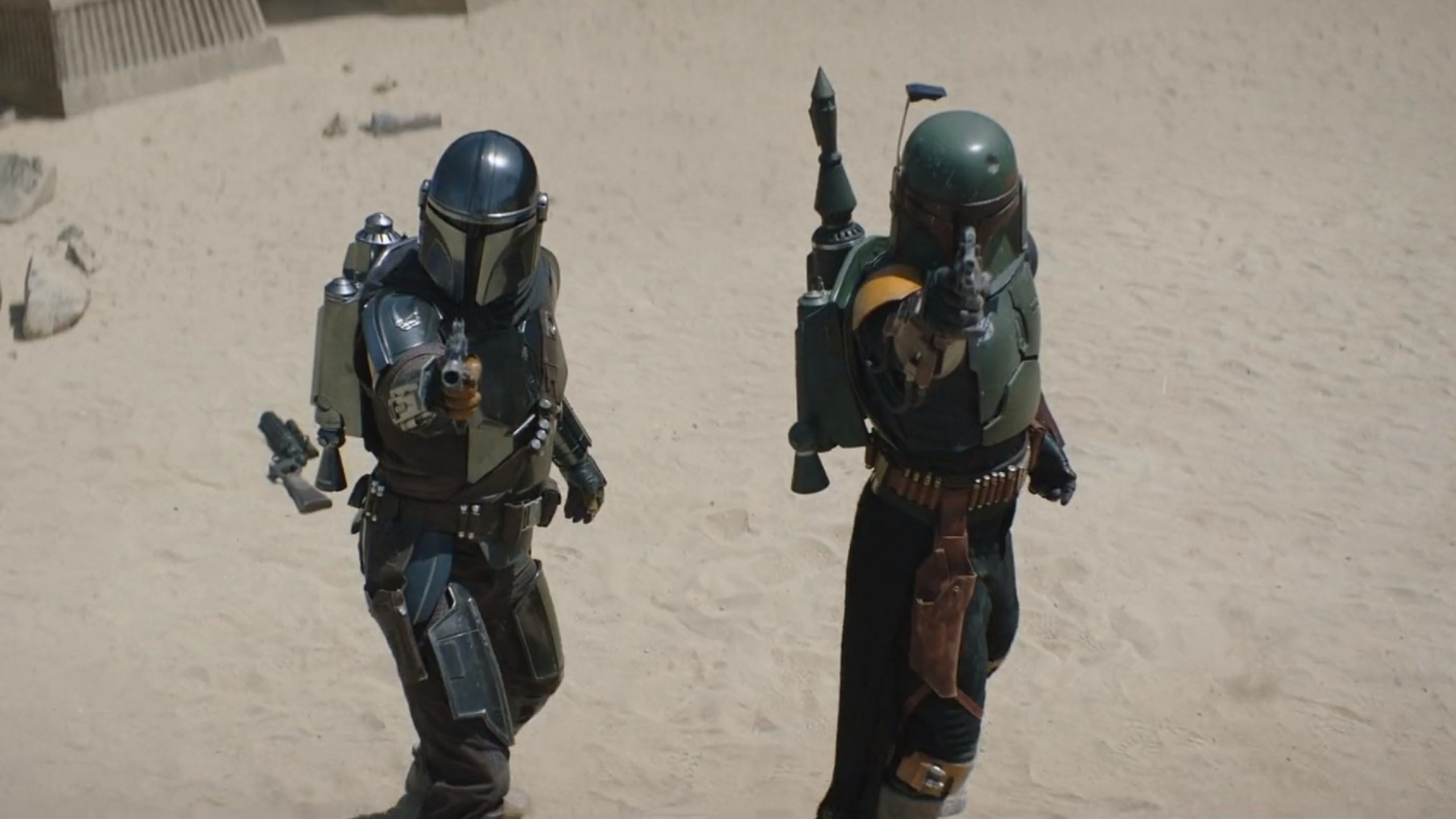
By Alleef Ashaari|February 9, 2022

By Mr Toffee|February 2, 2024

By Team KKP|July 1, 2023

By Mr Toffee|February 2, 2024

By Team KKP|July 1, 2023
Copyright @ Kakuchopurei 2024